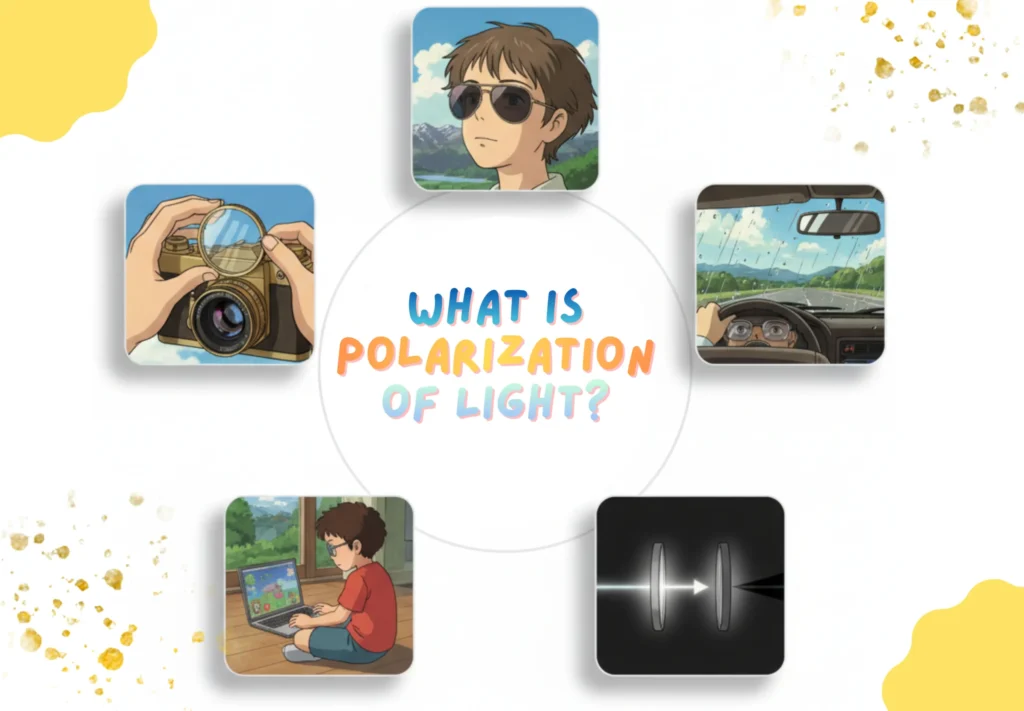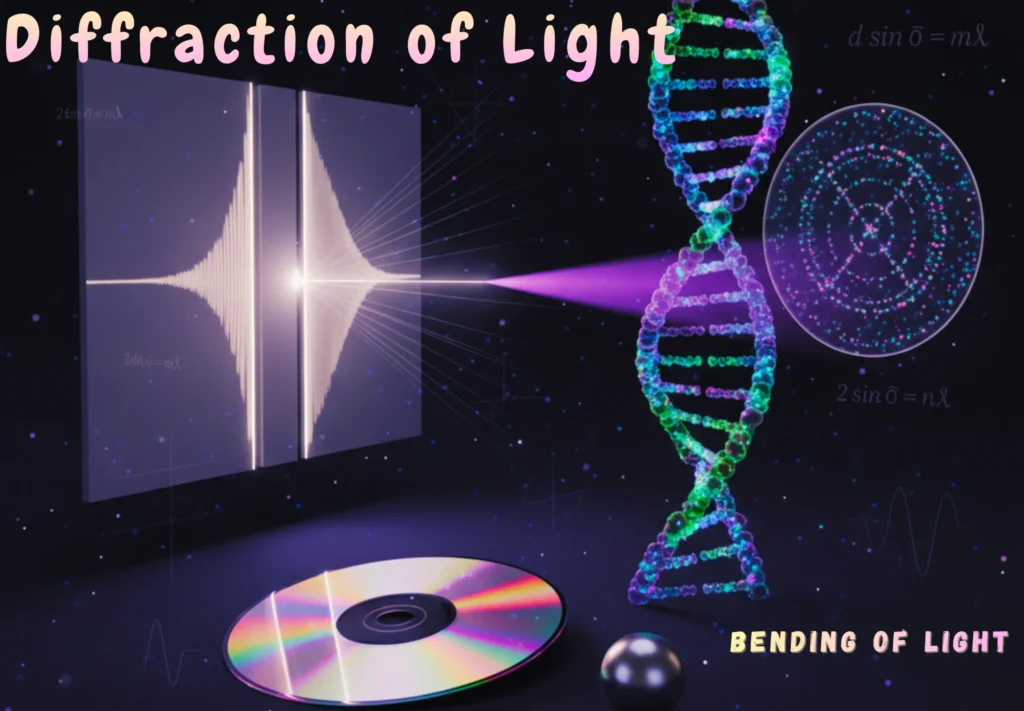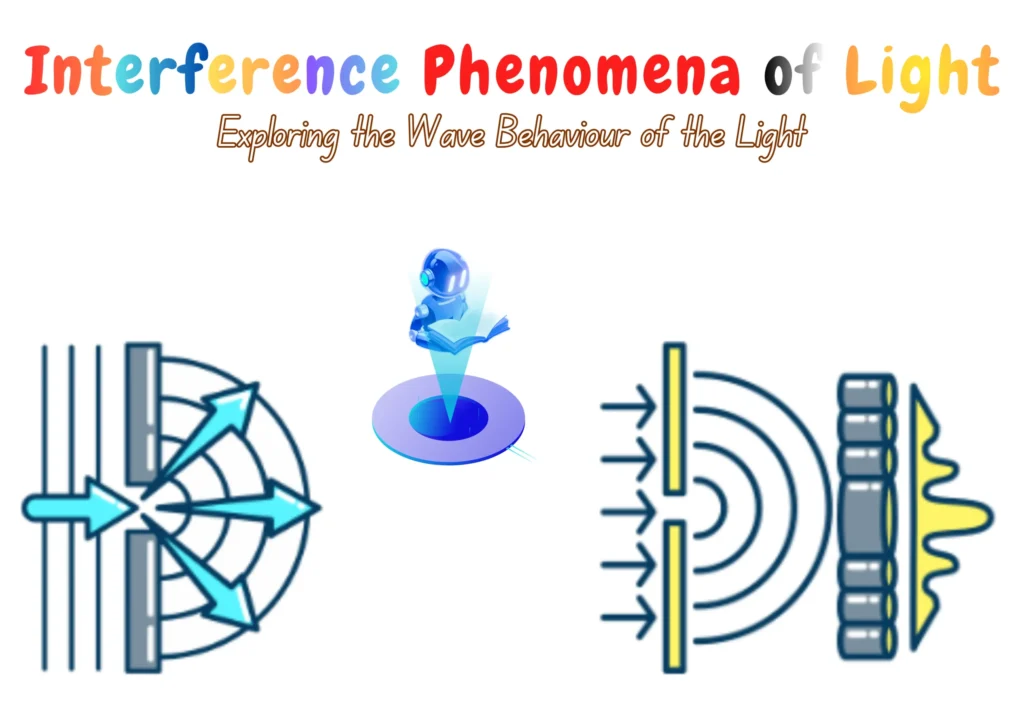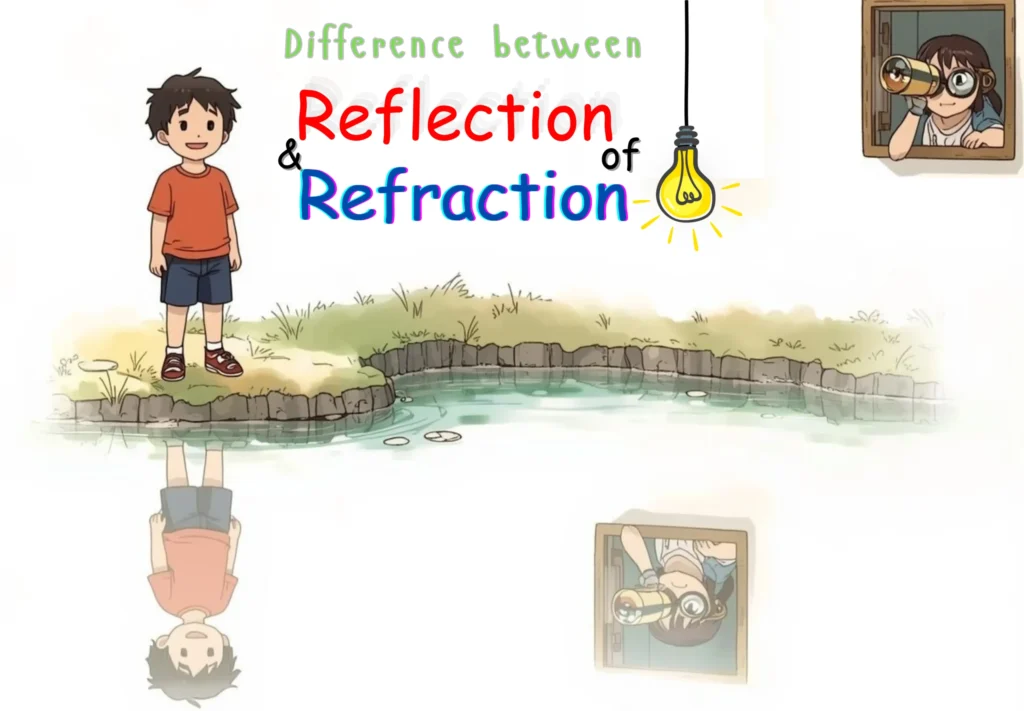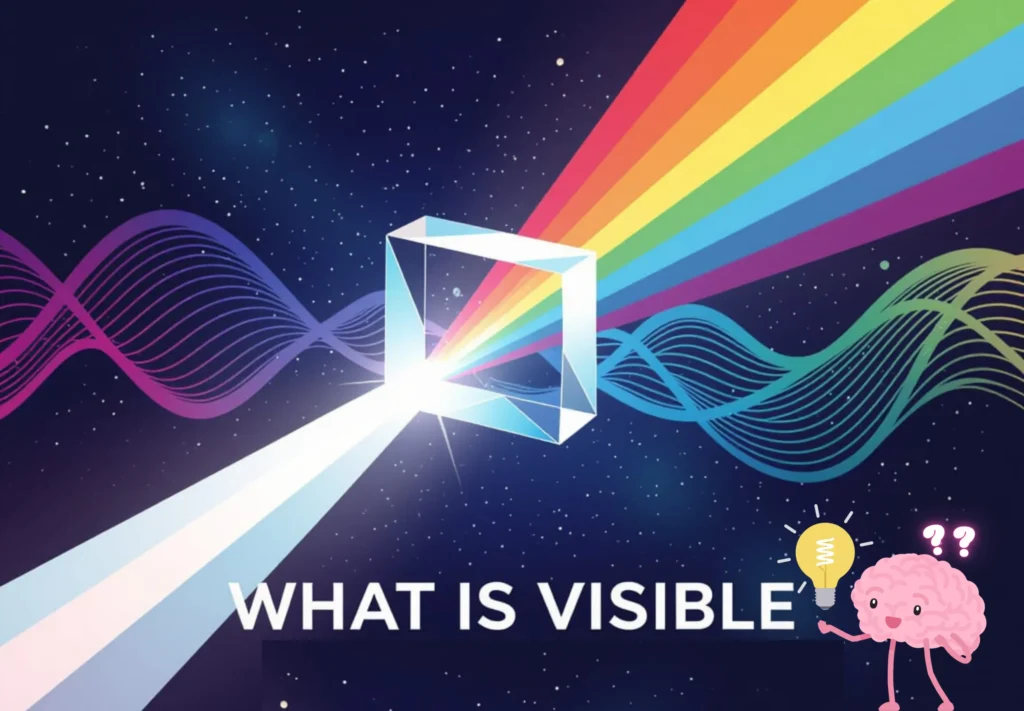What is the Polarization of Light in Physics? | 3 Types of Polarization Simplified
What is the polarization of light in physics? It is one of the most interesting and important phenomena in optics, which reveals the transverse nature of light. Introduction Understanding the Wave Nature of Light and the Type of Motion. Previously, interference and diffraction proved that light behaves like a wave. But these phenomena do not […]
What is the Polarization of Light in Physics? | 3 Types of Polarization Simplified Read More »

